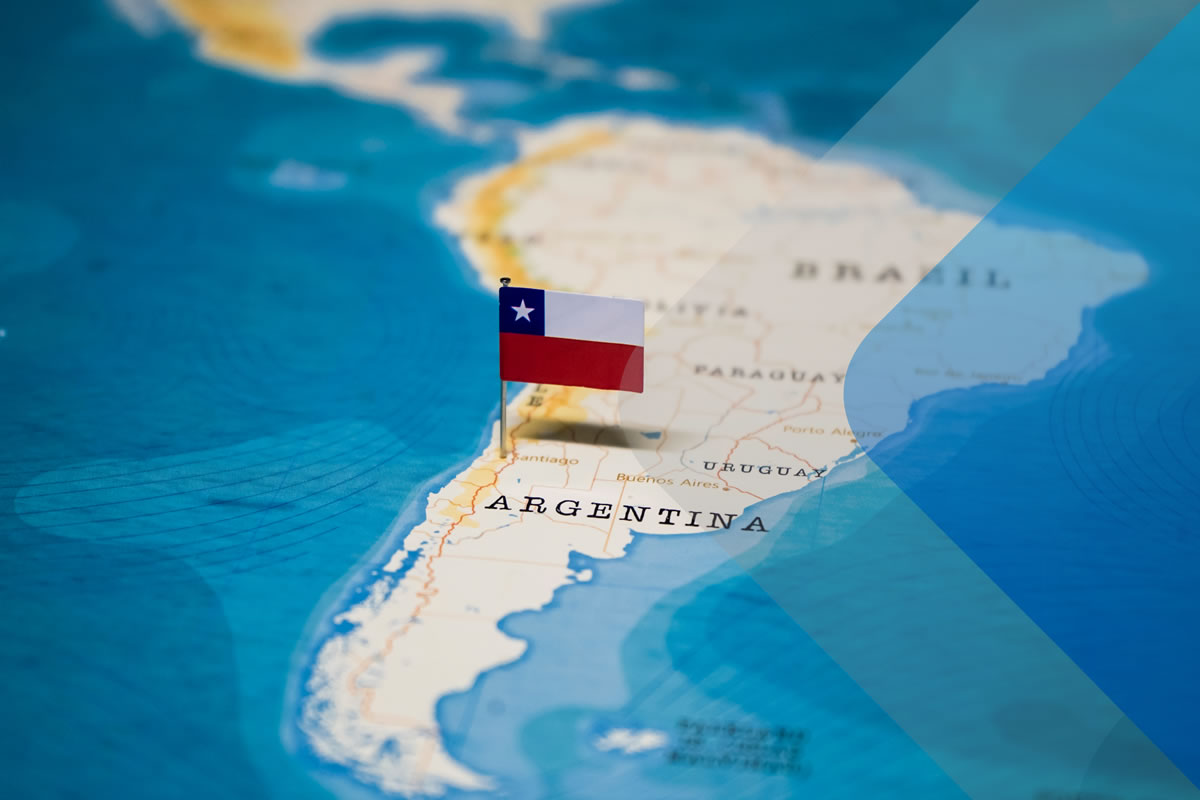Which Countries Border Chile

Introduction
Chile, officially known as the Republic of Chile, is a South American country that stretches along the western coast of the continent. It is bordered by numerous countries and possesses a diverse geography that includes mountains, valleys, deserts, and coastal plains. The country has a rich cultural heritage, with influences from indigenous cultures, European settlers, and immigrants from all over the world.
Chile is known for its stunning landscapes, from the vast Atacama Desert in the north to the breathtaking mountains of the Andes in the east. The country is also famous for its wine production, with vineyards nestled in the fertile valleys. Its capital city, Santiago, offers a bustling urban environment with a mix of modern infrastructure and historical landmarks.
One of the fascinating aspects of Chile is its unique geographical position, which allows it to share its borders with several neighboring countries. These neighboring countries contribute to the cultural and economic exchange in the region, creating a vibrant and diverse environment. In this article, we will explore the countries that border Chile and the various influences they have on the nation.
Neighboring Countries
Chile shares its borders with three countries: Argentina to the east, Bolivia to the northeast, and Peru to the north. These neighboring countries play a significant role in shaping Chile’s history, culture, and economy.
Argentina, with the longest shared border, stretches along the eastern side of Chile. The two countries share a deep historical and cultural connection, evident in the influence of Argentine tango, literature, and cuisine in Chilean society. The Andes Mountains separate the two nations, creating a natural barrier that also serves as a popular destination for outdoor enthusiasts and adventure seekers.
To the northeast of Chile lies Bolivia, a landlocked country with a diverse indigenous culture and breathtaking landscapes. The border with Bolivia is marked by the expansive Atacama Desert, one of the driest places on Earth. This unique desert region is home to stunning geological formations, such as the Salar de Uyuni, the world’s largest salt flat. The cultural exchange between Chile and Bolivia is evident in the Bolivian migrants who have settled in Chile, contributing to the country’s multicultural fabric.
Peru, located to the north of Chile, shares a border that traverses the Atacama Desert and extends into the Pacific Ocean. Peru is renowned for its ancient Inca civilization and archaeological wonders like Machu Picchu. This shared border fosters cultural exchanges, particularly in the realm of cuisine, with Peruvian dishes like ceviche making their way into Chilean gastronomy.
The neighboring countries of Argentina, Bolivia, and Peru are integral to Chile’s regional partnerships, trade agreements, and diplomatic relations. These connections enhance the cultural diversity and economic growth of Chile, making the country a vibrant and dynamic hub in South America.
Bordering Countries in South America
Chile is located on the western coast of South America, which allows it to share borders with several countries in the region. In addition to its neighbors Argentina, Bolivia, and Peru, Chile also shares borders with two other South American countries: Uruguay and Paraguay.
Uruguay, located to the east of Argentina, is the smallest country in South America. While it doesn’t have a direct land border with Chile, it is worth mentioning due to its proximity to Argentina, which shares a border with Chile. Uruguay is known for its beautiful beaches, rich cultural heritage, and its passion for football. Chileans often visit Uruguay for vacation and enjoy exploring its vibrant cities like Montevideo and Punta del Este.
Paraguay, also located to the east of Argentina, is another South American country that shares a border with Chile indirectly. It is a landlocked nation nestled between Brazil, Argentina, and Bolivia. Paraguay is known for its lush tropical landscapes, majestic rivers, and unique Guarani culture. While it doesn’t have a direct border with Chile, the influence of Paraguayan culture and traditions can be felt through the region.
These two neighboring countries, Uruguay and Paraguay, although not having a direct land border with Chile, play a role in the regional dynamics and cultural exchanges throughout South America. The geographical proximity and cultural connections contribute to the vibrant and diverse atmosphere in the continent.
Bordering Countries in Oceania
Chile, being located on the western coast of South America, extends far to the west into the Pacific Ocean. As a result, it is one of the few South American countries that has territorial claims in Oceania. These claims give Chile a unique position of bordering several countries in the Oceania region.
The main Oceania country with which Chile shares a border is Easter Island, also known as Rapa Nui. Easter Island is a remote volcanic island situated in the southeastern Pacific Ocean. Despite being a part of Chile, Easter Island has its own distinct Polynesian culture and is renowned for its mesmerizing moai statues.
Chile’s territorial claims in Oceania also include the Juan Fernández Islands, located off the coast of central Chile. This archipelago is home to unique flora and fauna, including the Juan Fernández fur seal and the Juan Fernández firecrown, a bird species found only in the islands.
These remote territories in Oceania hold great significance for Chile in terms of biodiversity and cultural heritage. They serve as a bridge between South America and Oceania, creating opportunities for cultural exchanges and research collaborations.
While the bordering countries in Oceania are small in size compared to Chile’s mainland, their inclusion highlights the country’s reach beyond South America, contributing to its global presence and connections.

